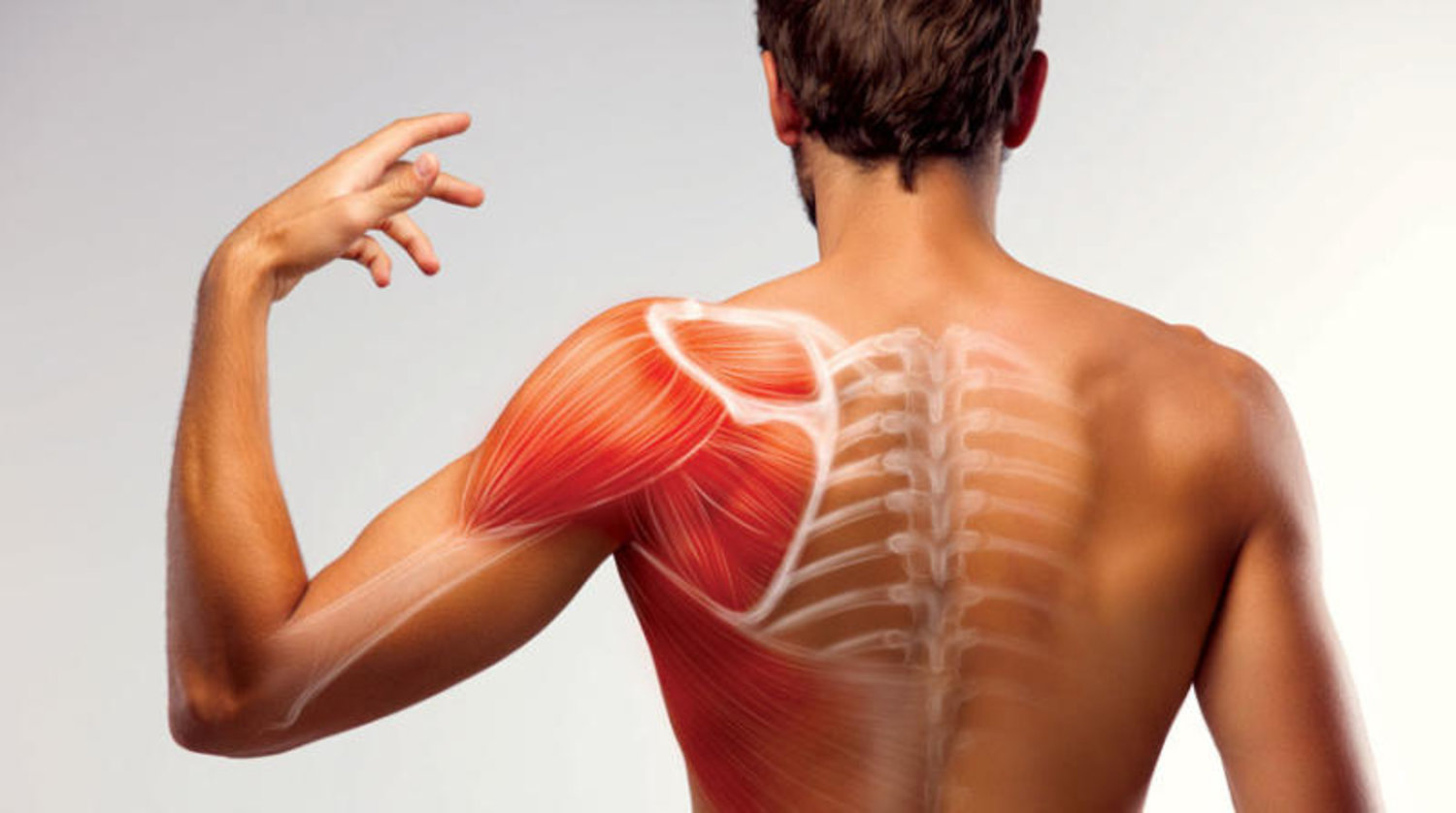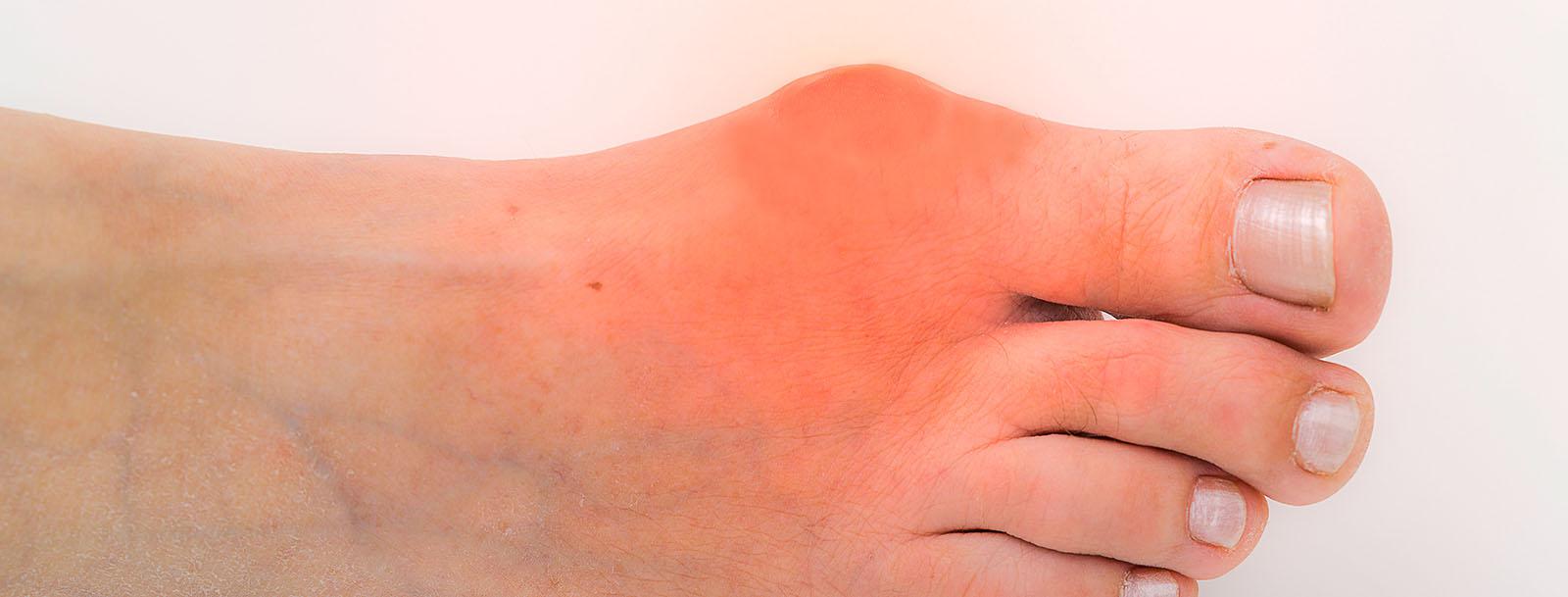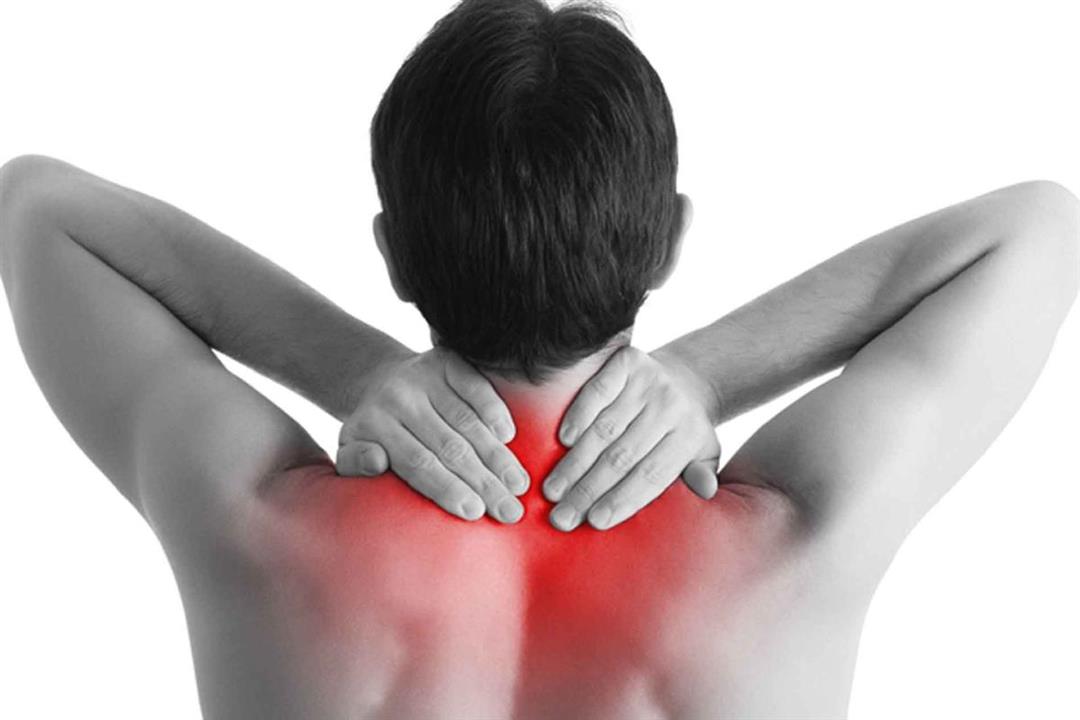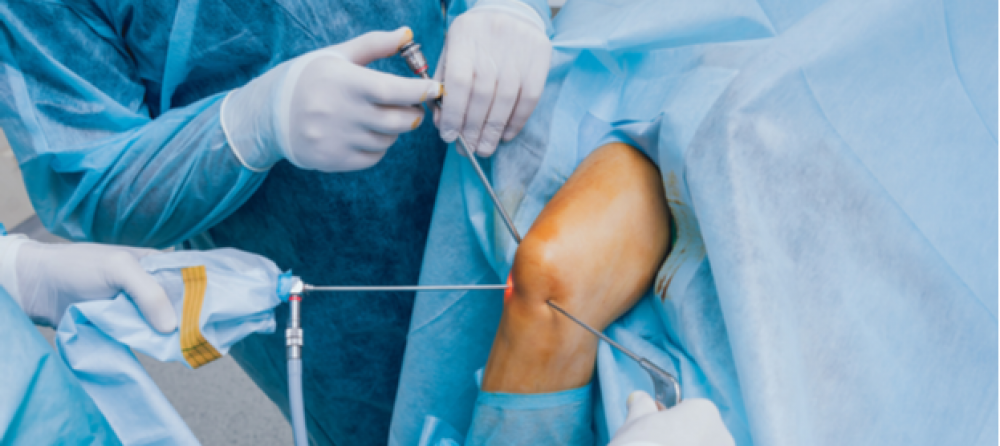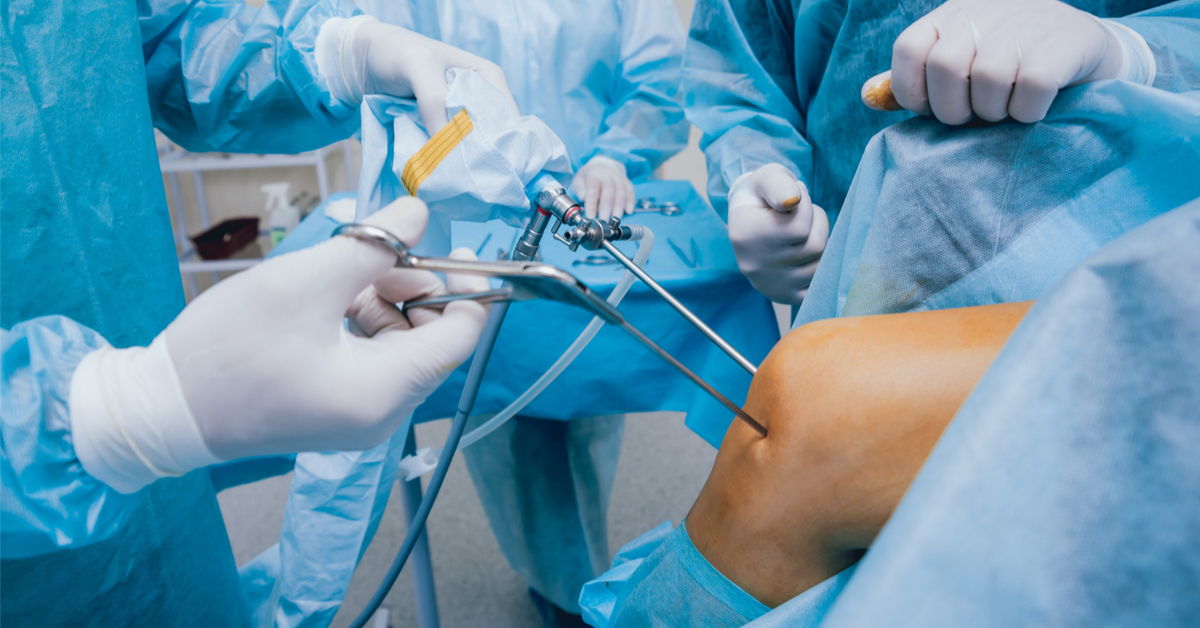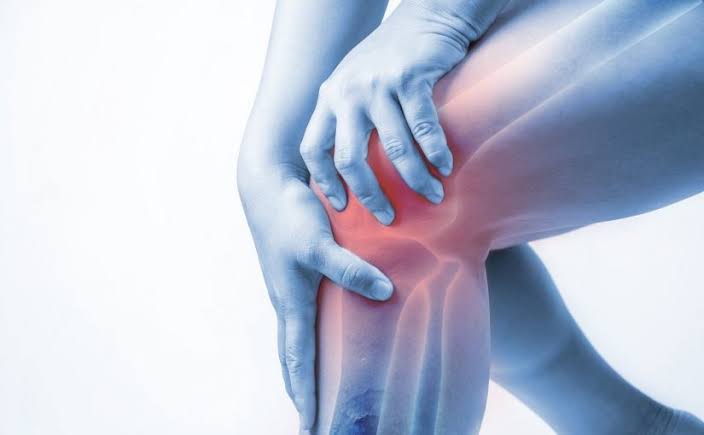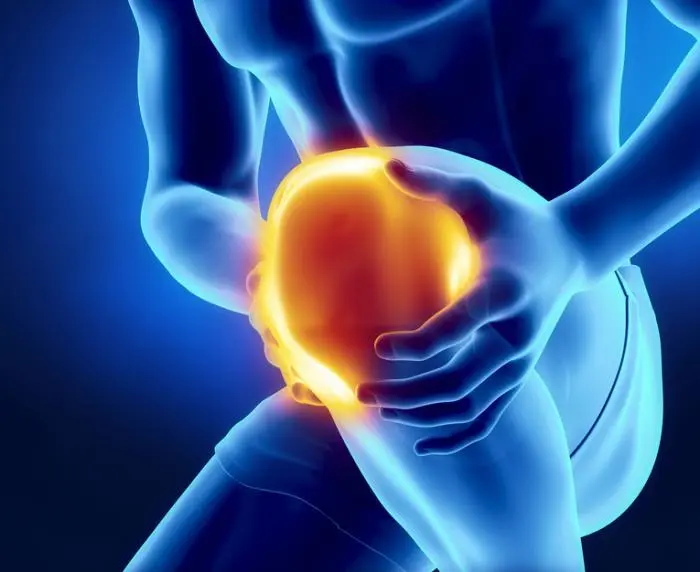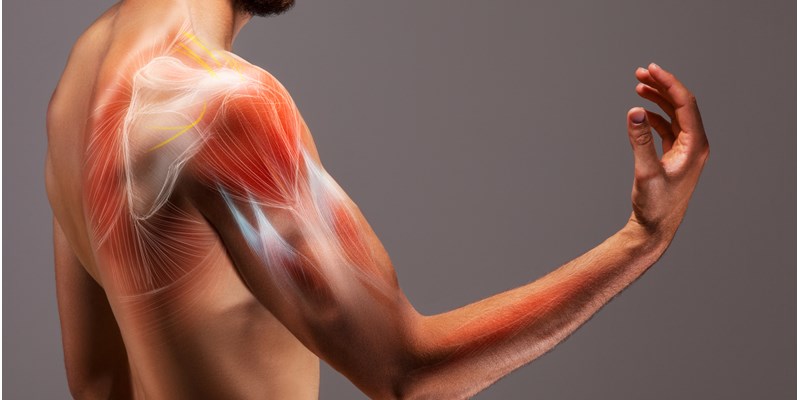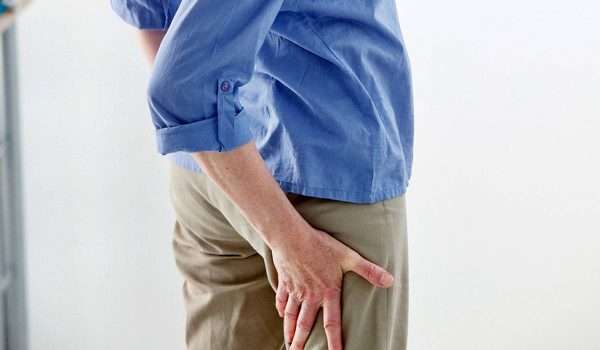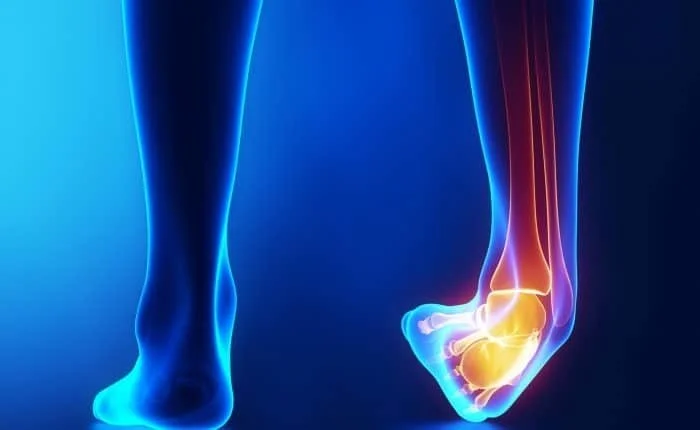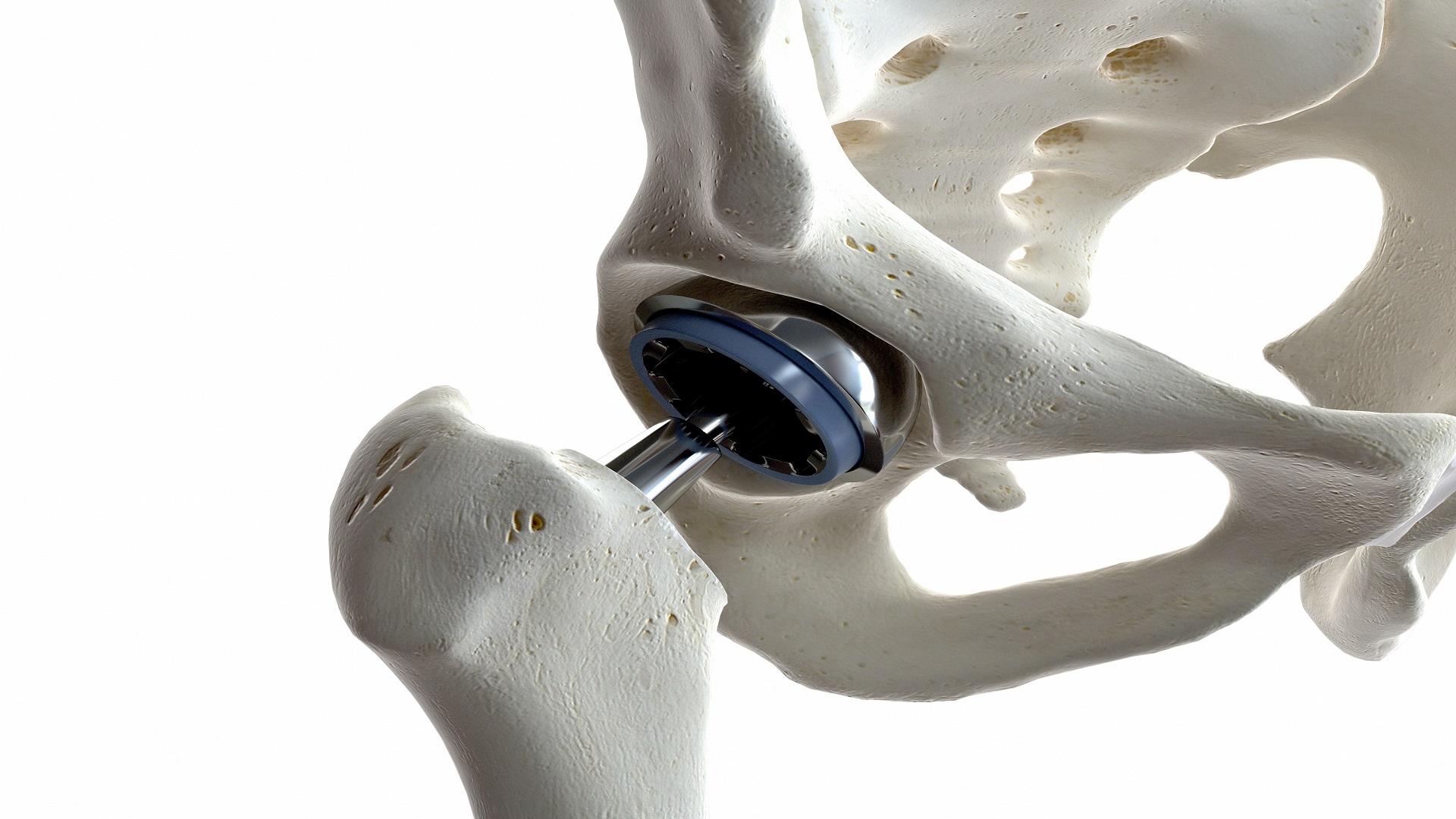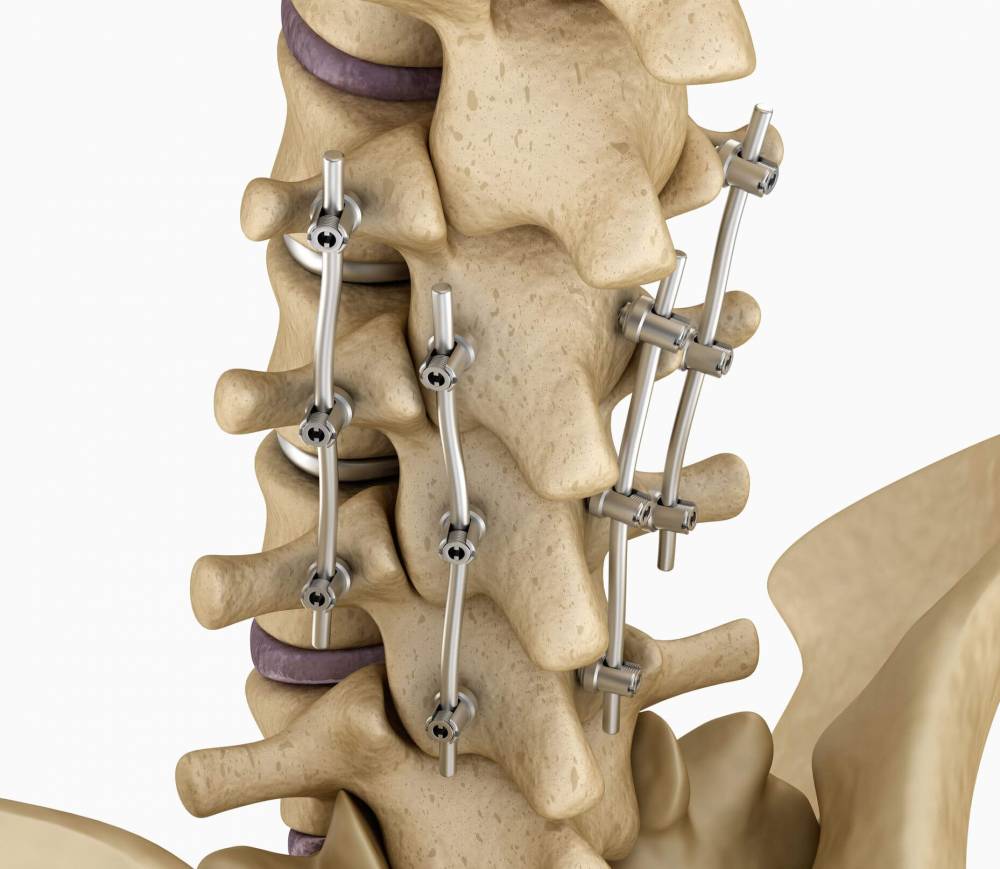What is the difference between a muscle strain and a herniated disc?
There are several differences between a herniated disc and more than one other disease, and this is what we will learn about in detail in the following article.

The difference between a muscle strain and a herniated disc
There is definitely a difference between a muscle strain and a herniated disc, and the difference between them lies in the following:
cramp
A muscle strain occurs as a result of damage or injury to the tendons and muscles at the site of the injury, which results in a spasm in the muscle fibers, and sometimes the muscle tension and its recurrence may lead to a rupture of the ligaments near the bones.
There are a number of reasons that lead to increased muscle tension, including severe muscle stress, especially in sports players, or in the event of exposure to sudden stress without having good physical fitness, and thus the ligaments and muscles are damaged.
Muscle tension has some symptoms that indicate that the muscles are subjected to spasms, including the presence of sharp pain when walking or resting, the appearance of bruises in the affected part and swelling, which increases redness and difficulty in movement in general, and rest can help treat muscle tension while taking muscle relaxants. The patient can start massaging because it gives more relaxation to the muscles.
herniated disc (disc)
A person may be exposed to a herniated disc, or what is known as a disc, which is the movement of the cartilage from its original position and the occurrence of a protrusion between the vertebrae, which presses and affects the nerve close to the cartilage, which causes severe pain, difficulty in walking, back bending, and sometimes there is swelling in the affected part.
It can increase more than one reason for the possibility of a herniated disc, including weight gain or advancing age, and sometimes as a result of sudden pressure on the herniated disc and thus exposure to slipping, and the patient may begin to feel pain in the extremities and the presence of numbness and pain in the spine, and there is more than one treatment method for slipping You must refer to the specialist doctor to evaluate the situation and determine the most appropriate type of treatment.
What is the difference between herniated discs and cartilage?
It is important to know the difference between a herniated disc and cartilage, and the difference lies in the following:
cartilage;
Cartilage is a common word that can be applied to more than one disease that affects the spine or one of the cartilages of the body, including inflammation of the cartilage, slipping or herniation of the cartilage, and sometimes the cartilage can be eroded or damaged, which causes friction between the bones and affects the joint negatively.
Slipped disc
It can be mentioned that the cartilage is a connective tissue consisting of a solid but highly flexible nucleus and is surrounded by a synovial membrane that works to withstand the body and the strong pressure placed on it, and thus the person is able to move freely, the cartilage can move outside its original position in what is known as a herniated disc, which affects the affected part And on the movement and activity of a person in general.
Symptoms of a herniated disc in the coccyx
The spine consists of several vertebrae that are connected to each other and provides support for the body when moving and changing positions from sitting to standing, etc., and parts of the spine are the coccygeal vertebrae in which slippage can occur, and thus the person feels pain in the cartilage and shows the following symptoms:
- The patient may start to feel pain when sitting or standing.
- Numbness in the limbs.
- Pain when bending or bending over.
- Symptoms increase until they reach the inability to control urine.
- The presence of severe pain in the intestines and the incidence of diseases of the digestive system.

